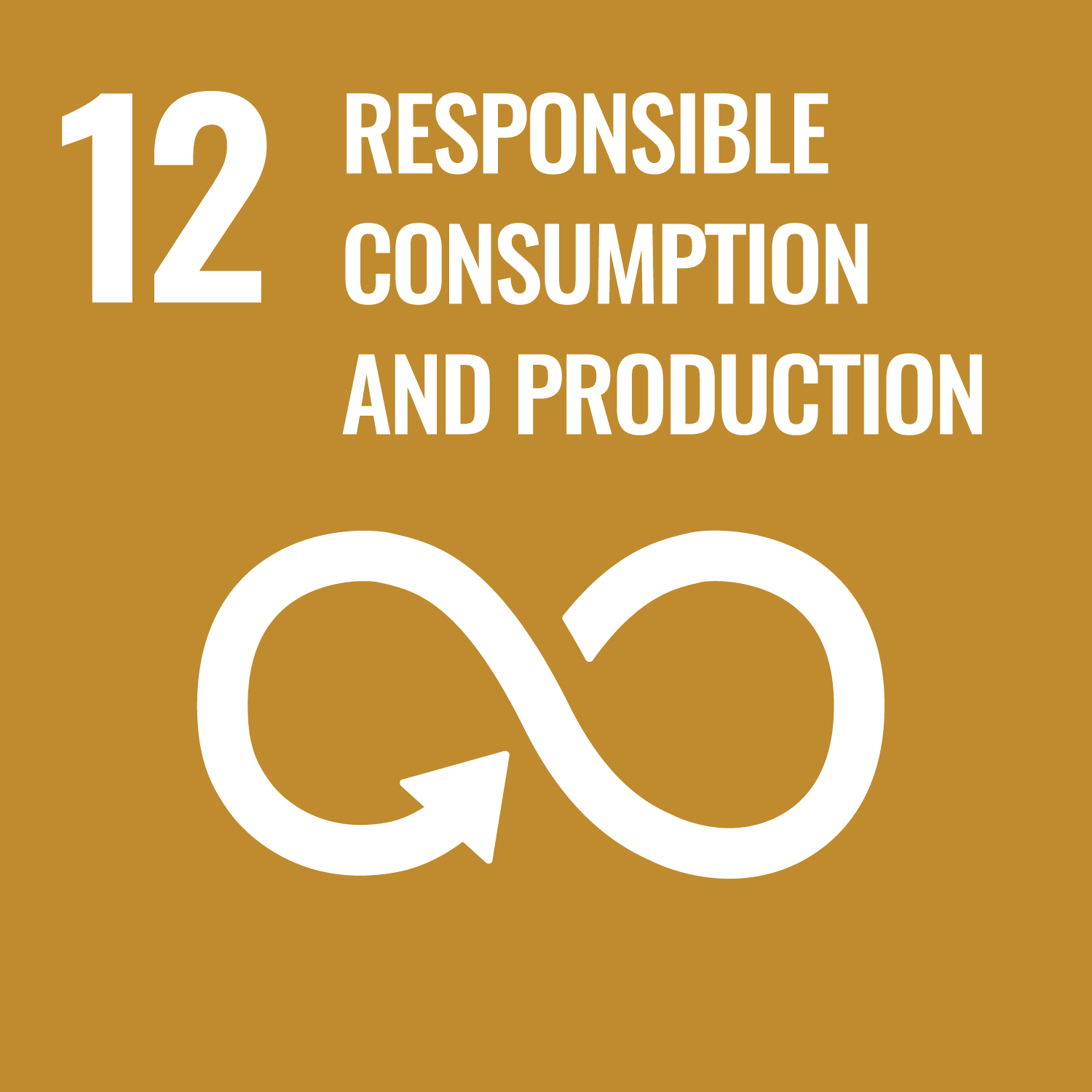Development of new functional materials through the use of microbial proteins for heavy metal recovery
Faculty of Agriculture Department of Food Science and Biotechnology
Fermentation Technology and Microbial Science
Applied Molecular Microbiology
Professor
ISHIBASHI Matsujiro
Assistant Professor
TSURUMARU Hirohito
Background and objectives of activities
A protein can be used as a new functional material by controlling its complex structure and function to meet a specific purpose. Furthermore, they can be produced in large quantities by microorganisms and provided at low cost. Moreover, when disposed of, they can be easily biodegraded because they are made from natural materials. Therefore, we are aiming to develop new functional materials that efficiently recover heavy metals from the environment and industrial products using microbial proteins.
Summary of Activities
It is generally believed that proteins are less stable than polymeric materials. Therefore, we focused on a group of proteins derived from halophilic bacteria, a type of extremophiles. Because many acidic amino acids exist on the surface of these proteins, a large amount of various metal ions are bound to their surfaces. They are characterized by their extremely high structural reversibility and "denaturation-resistant proteins. We are conducting research and development of new functional materials for heavy metal recovery from such proteins derived from halophilic bacteria.
Expected Benefits
It is expected to improve environmental purification and recovery/recycling technology of valuable marine resources because it can efficiently recover heavy metals, which are pollutants in wastewater and soil, and rare metals in the deep sea and in industrial products. In addition, this new functional material is inexpensive and has a low environmental impact because it can be easily decomposed after use.
















